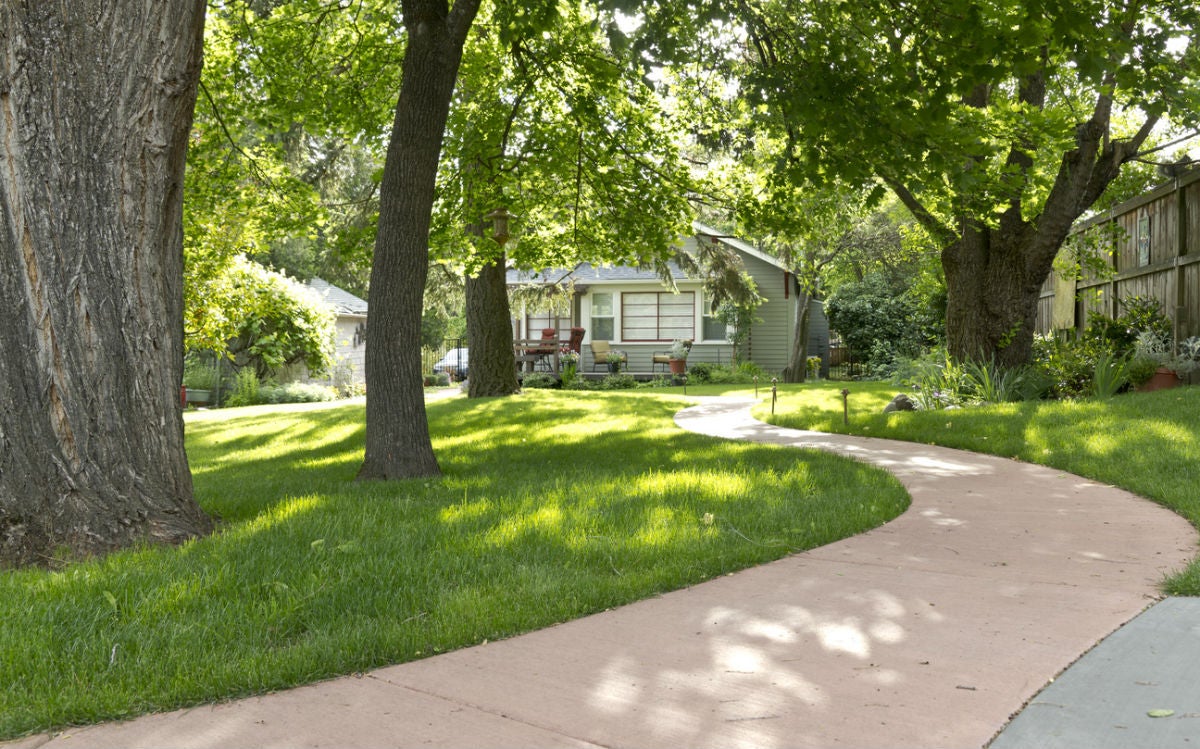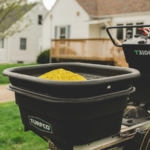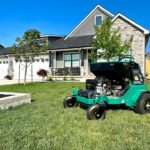Caring for Your Lawn After the Winter
The winter will soon be heading out for good, and as Spring arrives, it is the most important time of the year for your lawn. Many of the steps you take now, will have lasting effects in your lawn for the entire season. If you want your lawn to have a great season, it all starts with Spring lawn care.
1.) Feed Your Lawn
Imagine going to sleep all winter long. You knew that a long winter was coming, so you ate a very big meal and then went to sleep, 😴 and waited until you would wake up in the Spring. How hungry do you think you might be??
This is exactly how your lawn will feel this Spring. It is important to remember that your lawn is a living, growing thing. Much like our bodies, it needs the right nutrients and conditions to thrive. So after a long winter, it is important to give your lawn a meal right at the start of the Spring.
There are many different types of food you can give your lawn this Spring. Fertilizer is the food it wants, but making sure you give it the right fertilizer is what matters most. All fertilizers have an analysis on the front of the bag in the from of three numbers. These three numbers represent the amount of Nitrogen, Phosphorus and Potassium in the fertilizer. A common bag of fertilizer at the hardware store may be something like a 16-16-16. This is a well balanced fertilizer that has 16% of each nutrient in the fertilizer. The first number (Nitrogen), is the driving factor of the growth in your grass. The second number (Phosphorus), helps promote healthy root growth, and the third number (Potassium), helps promote root growth and overall health. Refer to the graphic below to see the effect that they have. The first fertilizer feeding of the season should be heavier in nitrogen while still containing some Potassium, and maybe a little Phosphorus. Something like a 19-0-6 would work great!
Confused about fertilizer and not sure where to start and how much to apply? Contact us at Warren Lawn, we would love to give you all the tips you need to understand fertilizer better!
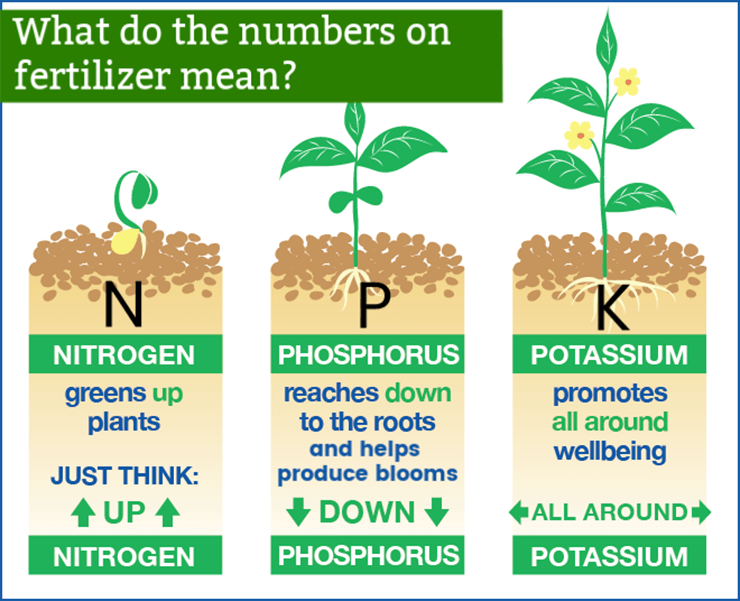
2.) Crabgrass Control
One of the most important first steps to take in the Spring, is to get a leg up on crabgrass. If you want all the information you would need on crabgrass control, just check out our crabgrass control lawn lesson. The name of the game with crabgrass control is timing. Apply your pre-emergent before soil temperatures reach 55 degrees consistently, and this will help avoid a bunch of crabgrass issues come Summer. To find out when your soil temperatures hit 55, you can check out the green cast tool. It will tell you the exact soil temperature of your lawn up to the day.
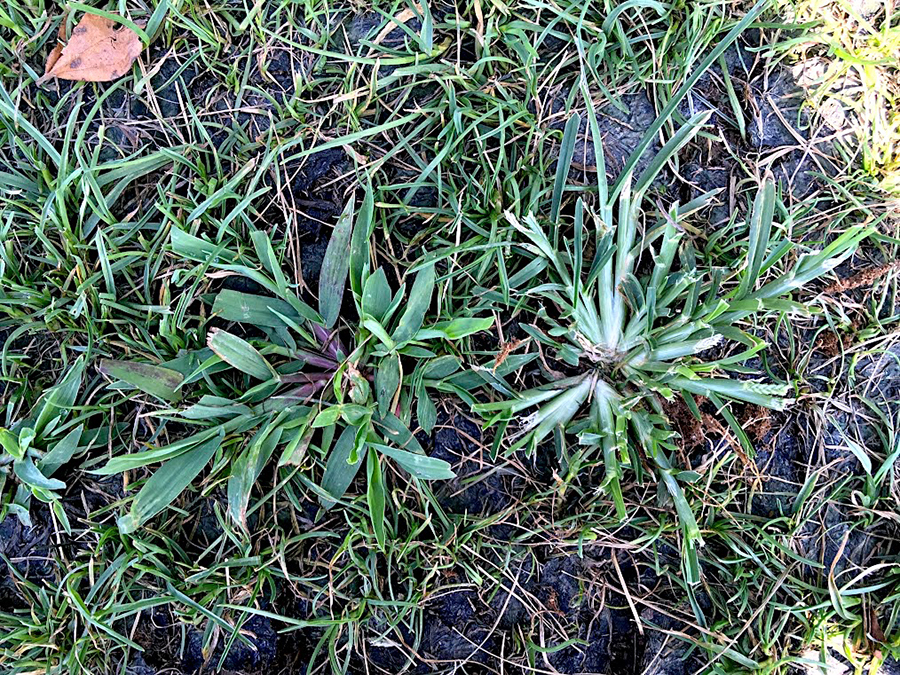
3.) Mower Tune Up
Most likely, your mower has been sitting in your garage or tool shed since last Fall, when you last mowed with it. Now is the time to check out all the things on your mower that can make a difference in the cut quality in your grass.
First, check under your mower. Get your mower propped up and make sure the deck is clean and free from large chunks of grass and debris that can get stuck. If there is anything stuck to the deck, take a scraping tool and a hose and get it all cleaned out. Your blade will not run efficiently if it is backed up with junk and old lawn debris. While you are under the mower, go ahead and take a look at the blade. It is always a good idea to take some time and sharpen your mower blade once or twice a season. You don’t want your blade ripping the grass, you want it slicing it, making clean cuts to keep your grass healthy. To get assistance on how to sharpen your blade, check out this YouTube video. It’s a great video to show you how to sharpen your mower blade.
Second, make sure the motor on your mower is running efficiently. You will want to check the air filter, the spark plug, and of course the gas tank. Make sure all these points are clean and ready to roll. If you have a battery powered mower, just make sure that battery is taking a full charge and is ready to go!
Your mower is your number tool you use, and it can either be something that is enjoyable to use and treats the lawn with care, or it can be a huge pain and do damage to your lawn. Taking care of it at the start of the season will make the difference.
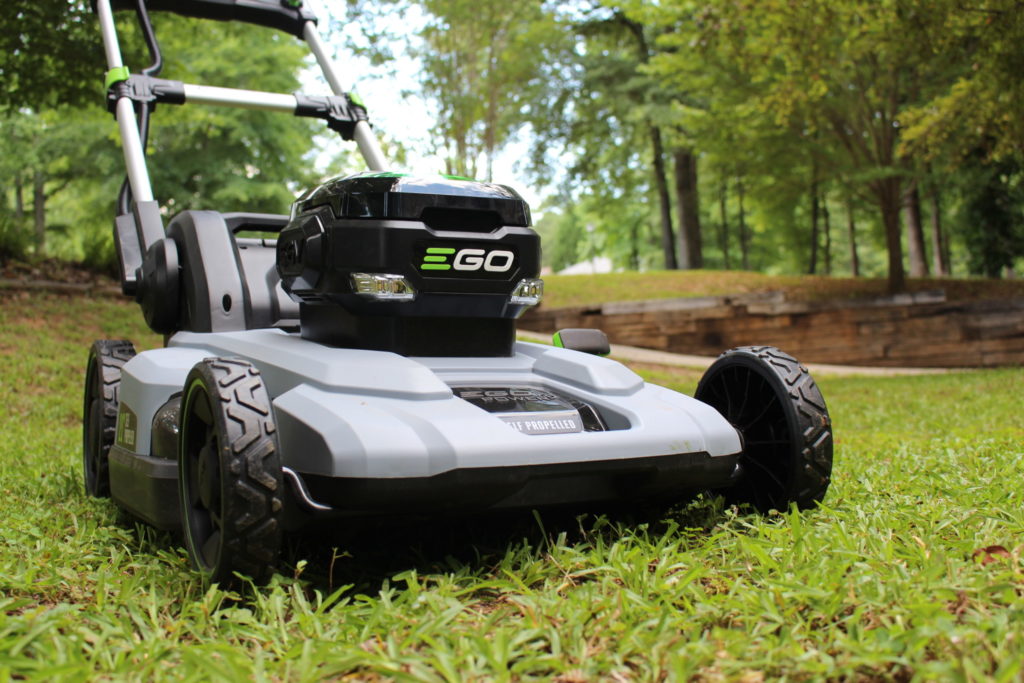
4.) Dethach
Thatch is the debris and dead grass that sits on top of the soil, at the base of your lawn. Having some thatch in your lawn is not a bad thing. It helps protect the soil and provides organic nutrients the lawn needs. However, too much thatch can cause more harm than good. When thatch builds up and gets thicker than a half an inch, it can block proper water and oxygen flow that the soil needs to be healthy. It also can be inviting for pests to live in the lawn.
Most of the time, late spring and early fall are the best times to dethatch your lawn. The weather is cool, so it is favorable on you and the lawn, because dethaching the lawn is no quick task. If you dethatch too early in the Spring, it can disturb young grass that was planted late in the Fall, so it is best to let the grass fully wake up and grow for a month or so before detatching in the Spring.
The best option for detatching the lawn would be to use a power rake, or a battery powered detatcher. Both of these tools accomplish the same thing. They rake the thatch layer out from the grass, so that it can be picked up and removed. Once the thatch layer is removed, your soil will have a chance to breathe and soak in more nutrients, water and oxygen than before.
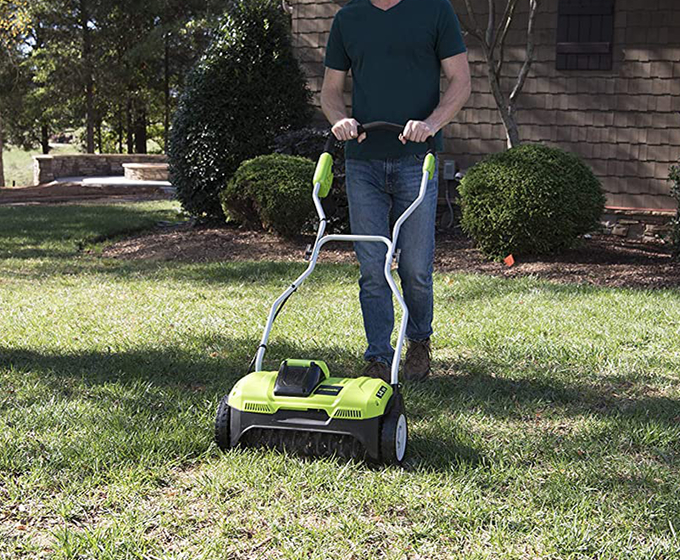
5.) Get Your Edge Back
One final step to take, is to define your edge on your lawn again. After you get your first mow of the season in, the finishing touch that makes an average lawn stand out from a great one, is the crisp edge that follows the landscape, sidewalk and driveway. Creating an edge just requires an edging tool. A blade for an edger can be an attachment onto a combination system with your weed trimmer, or purchased as a separate tool.
If you have never created an edge before, you will have chunks that need picked up as lawns don’t take long to grow over the edge of pavement. But once that edge is created, it can easily be maintained week after week with a weed trimmer. Don’t forget to take that edge to your flower gardens and landscaping as well. A sharp edge around your landscaping, sidewalks and driveways will really make your lawn stand out from the rest.
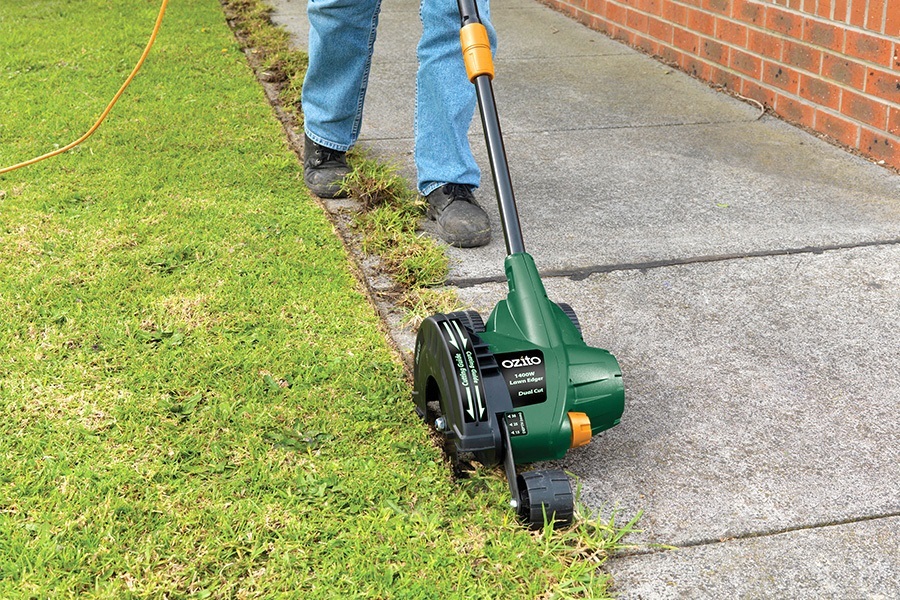
Conclusion
All these steps are going to get you headed in the right direction this season, and your lawn will thank you for it! Another thing your lawn will thank you for is getting the weeds taken care of and making sure that it gets fed properly at the correct times. If you need a quality, local lawn care company to take care of your lawns needs this season, get in touch with us at Warren Lawn. We provide high quality fertilization, pest control and lawn care for Norwalk, Indianola, Winterset and the surrounding areas. We would love the chance to give you any tips you need to be successful this season!

